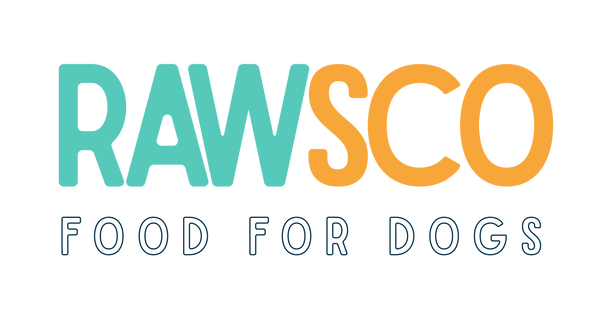Transitioning your pup to a raw food diet can do wonders for their health, but it's important to do it right. Here's some tips and tricks to help you make the switch smoothly.
- Research and Plan: Start by learning the basics of a raw food diet for dogs. Chat with your vet to ensure it's a good fit for your pup's health and needs.
- Choose a Balanced Diet: Make sure your pup's raw diet is a balanced mix of meats (both muscle and organ), bones, veggies, and supplements. Each part plays a key role in giving them all the important nutrients they need. Muscle meats should be the main part of their diet, providing protein, amino acids, and energy. Organ meats are like nature's vitamin pills, packed with vitamins A, B12, iron, and zinc. Bones are great for strong bones, thanks to calcium, phosphorus, and other minerals. Veggies and fruits add fiber, antioxidants, and other essential nutrients for digestion and overall health.
- Gradual Transition: Start by mixing a small amount of raw food into your dog's current diet. Over 7-10 days, gradually increase the proportion of raw food until your dog is fully transitioned. Using a gradual transition allows their digestive system to gradually adjust to the new diet, reducing the risk of digestive discomfort. This is especially important for dogs that have been eating kibble or canned food for a long time.
- Monitor Your Dog: Keep an eye out for any digestive issues or allergies during the switch. If you spot any issues, slow the transition process or check with your vet.
- Keep Them Hydrated: Make sure your dog always has fresh water available, even though raw diets are more hydrating.
- Handle and Store Safely: Handle raw food carefully to avoid germs and store it in the fridge or freezer according to guidelines.
Transitioning your dog to a raw food diet takes some planning, but the health benefits can be amazing for your dog! Follow these steps for a smooth and successful switch.

